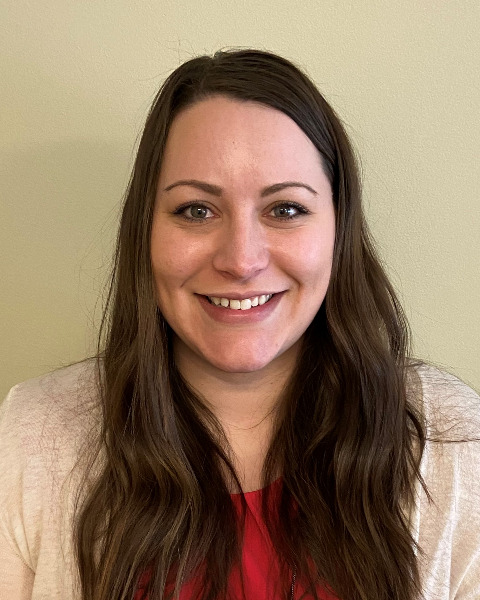Transdiagnostic
Sleep quality and feeling refreshed, not sleep duration, predict affect among college students
(PS10-C57) Sleep Quality and Feeling Refreshed, Not Sleep Duration, Predict Affect Among College Students

Emily M. Bartholomay, M.A.
Clinical Health Psychology Intern
West Virginia University
Morgantown, West Virginia- KF
Karla Fehr, Ph.D.
Associate Professor
Southern Illinois University
Carbondale, Illinois
Author(s)
Co-Author(s)
Sleep problems are common among college students, with roughly half of students having poor quality sleep (Bachman & Bachman, 2006; Bolden, Gilmore-Kern & Fillauer, 2019). However, measures of sleep quality often include several aspects of sleep including sleep duration, quality, and daytime functioning (e.g., PSQI; Buysse et al., 1989), and examining sleep quality through an aggregate of variables may contribute to a poor understanding of specific aspects of sleep that are related to mood. Poor sleep predicts the development and exacerbation of psychopathology symptoms (Dahl, 1996; Dahl & Harvey, 2007). Thus, understanding the impact of sleep on affect in this population is critical in delineating areas for potential early intervention, especially given that most mental health conditions have an onset in young adulthood (APA, 2022). Furthermore, due to the high comorbidity among mental health conditions (Kessler et al., 2006), it may be more meaningful to study factors underlying these conditions, such as negative and positive affect (Barlow, 2000; Clark & Watson, 1991). We hypothesized that sleep duration and subjective measures of sleep quality and feeling refreshed would predict next-day positive and negative affect.
Participants were 238 college students Mage = 18.97 years (SD = 1.81). Participants were primarily cisgender female (62.2%). Most participants identified their race as White, 68.9%, or Black/African American, 28.6%. Participants wore an actigraph (Actiwatch 2; Phillips) for 24 hours to measure sleep, completed the Consensus Sleep Diary (CSD; Carney et al., 2011), which included ratings from 1-5 for sleep quality and feeling refreshed upon awakening to measure subjective sleep factors, and completed the Positive and Negative Affect Schedule (PANAS; Watson et al., 1989) on day 2 to measure state affect.
To test the first hypothesis, that sleep predicted negative affect, we ran a multiple regression with sleep duration, sleep quality, and feeling refreshed as predictor variables and negative affect as an outcome variable. The overall model was statistically significant, F(3, 233) = 6.95, p < .001, R2 = .08. Sleep quality, β = -0.21, p = .010, predicted negative affect, but feeling refreshed, β = -0.10, p = .232, and sleep duration β = -0.04, p = .572 did not. To test the second hypothesis, that sleep predicted positive affect, we ran a multiple regression with sleep duration, sleep quality, and feeling refreshed as predictor variables and positive affect as an outcome variable. The overall model was statistically significant, F(3, 233) = 3.69, p = .013, R2 = .05. Feeling refreshed, β = 0.17, p = .038, predicted positive affect, but sleep quality, β = 0.06, p = .441, and sleep duration, β = -0.02, p = .970, did not.
Overall, subjective sleep ratings, rather than objective sleep duration, predicted next-day mood. However, the specific subjective ratings differed in their relations with positive and negative affect. These results indicate that perception of sleep and energy levels rather than sleep duration is important in predicting affect. Thus, changing perception of sleep quality and feeling refreshed among college students may contribute to more positive mood states.

